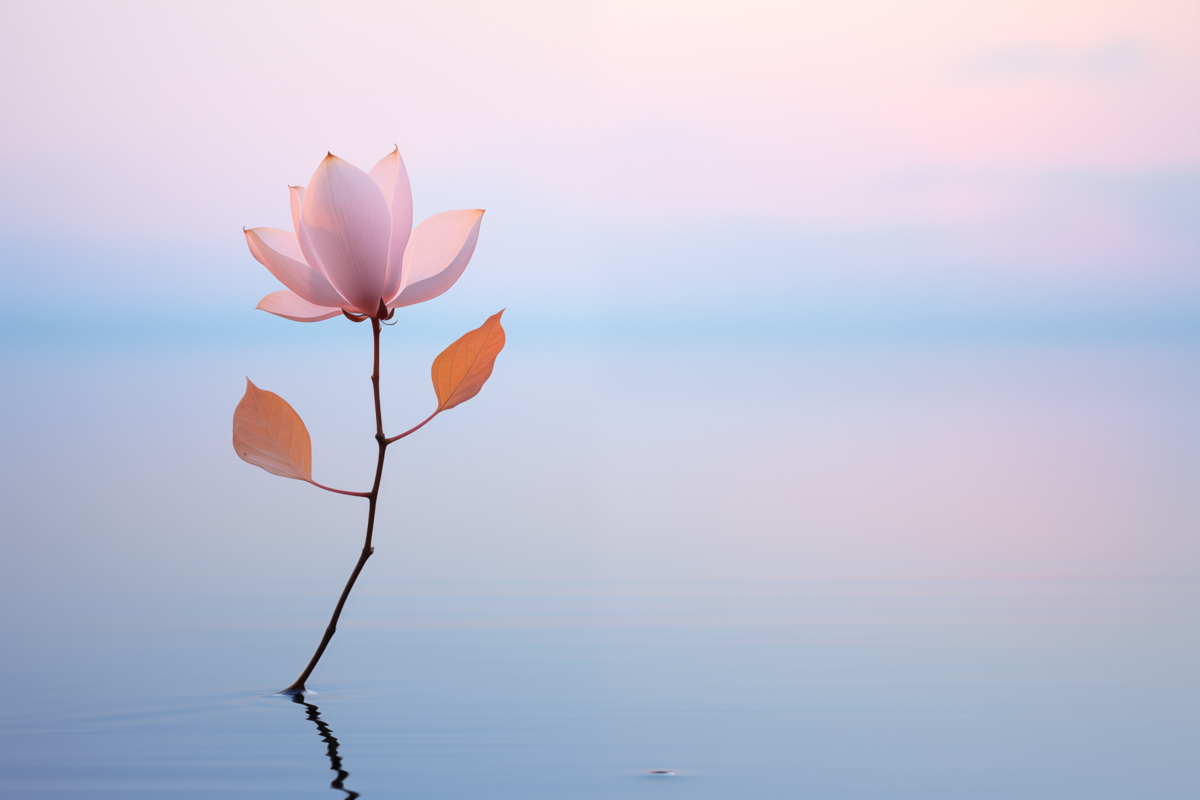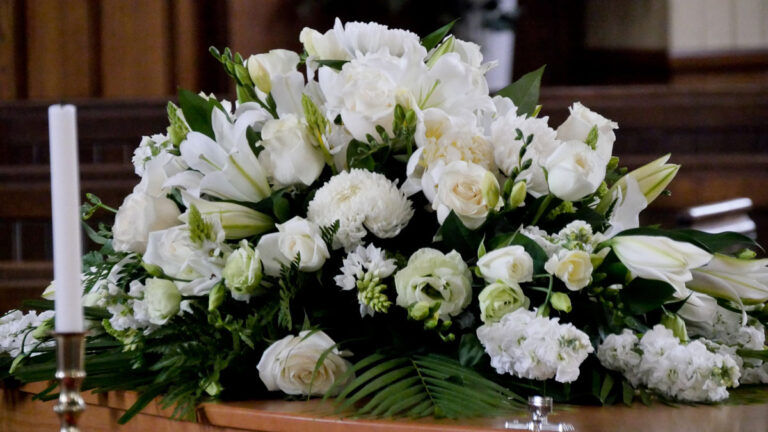Serene Blooms: Creating Comfort with the Perfect Funeral Flower Arrangements
The loss of a loved one is a deeply emotional experience, and one way to honor their memory and find solace in the midst of grief is through the use of funeral flower arrangements. These serene blooms not only provide comfort to the bereaved but also serve as a beautiful tribute to the life that has been lost.
In this article, we will delve into the symbolism and cultural significance of funeral wreaths, explore the factors to consider when choosing the right funeral flowers, discuss the principles of floral design, and highlight different types of funeral flower arrangements. Additionally, we will explore methods for preserving funeral flowers as cherished keepsakes.
Understanding the Symbolism of Funeral Flowers
Funeral flowers have long been used to convey emotions and messages of sympathy, love, and remembrance. Each bloom carries its own unique symbolism, and understanding these meanings can help create a more personalized and meaningful tribute.
When it comes to funeral flowers, the language of flowers plays a significant role. Throughout history, flowers have been assigned various meanings, often known as the “language of flowers.” This language allows individuals to express their emotions and sentiments through the choice of specific blooms. For instance, roses symbolize love and beauty, making them a popular choice to convey deep affection for the departed. Lilies, on the other hand, represent purity and innocence, making them a meaningful choice to honor a loved one who lived a virtuous life. Chrysanthemums, with their vibrant colors and intricate petals, are associated with honor and respect, making them a fitting tribute to someone who was highly regarded and admired.
However, the symbolism of funeral flowers goes beyond individual preferences. Cultural significance also plays a role in determining the choice of blooms. In different cultures, funeral flowers hold specific cultural importance, adding another layer of meaning to the tribute. For example, in Western funeral traditions, white flowers are commonly used to symbolize purity and spirituality. The pristine beauty of white blooms represents the hope for eternal peace and serves as a reminder of the purity of the departed soul. In contrast, red and yellow blooms are favored in Asian cultures as symbols of good luck and fortune. These vibrant colors are believed to bring positive energy and blessings to the deceased as they embark on their journey to the afterlife.
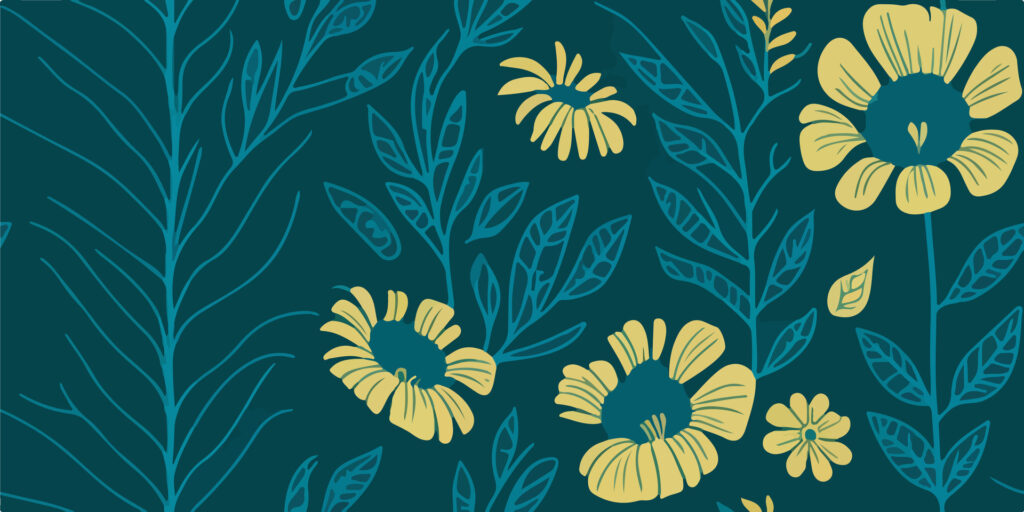
Moreover, the type of funeral flowers chosen can also reflect the personality and interests of the departed. For instance, if the deceased had a passion for gardening, incorporating flowers that they loved or grew in their own garden can be a beautiful way to pay tribute to their life and their connection to nature. Similarly, if the departed had a favorite flower, using it in the funeral arrangements can serve as a poignant reminder of their unique personality and the joy they brought to others.
In conclusion, funeral flowers hold deep symbolism and cultural significance. They allow us to express our emotions, honor the departed, and create a personalized tribute that reflects their life and legacy. By understanding the language of flowers and the cultural meanings associated with different blooms, we can ensure that our floral arrangements convey the right sentiments and provide comfort to those who are grieving.
Related: A Guide to Thoughtful Funeral Flowers
Choosing the Right Flowers for a Funeral
When selecting funeral flowers, several factors need to be considered to ensure the arrangement is both appropriate and meaningful.
Funeral flowers play a significant role in honoring and remembering the deceased. They provide comfort and support to the grieving family and serve as a beautiful tribute to the life that was lived. The right choice of flowers can convey heartfelt emotions and offer solace during a difficult time.
Factors to Consider When Selecting Funeral Flowers
First and foremost, it is essential to consider the preferences and personality of the deceased. Did they have a favorite flower or color? Incorporating these elements into the arrangement can make it more personal and reflective of their unique spirit.
Furthermore, it is crucial to consider the religious or cultural traditions and any guidelines or restrictions they may have regarding funeral flowers. Different cultures and religions have varying customs and beliefs when it comes to funeral rituals and the symbolism of flowers. Taking these into account ensures that the floral arrangement respects and adheres to these traditions.
Another factor to consider is the relationship between the sender and the deceased. Close family members may opt for larger and more elaborate arrangements, while friends or colleagues may choose smaller, more intimate displays. The relationship and level of closeness can influence the size, style, and choice of flowers.
Additionally, the location and setting of the funeral service should be considered. Different venues may have specific requirements or limitations regarding floral arrangements. It is essential to coordinate with the funeral home or venue to ensure that the chosen flowers are appropriate and can be accommodated.
Popular Funeral Flowers and Their Meanings
While personal preferences should be prioritized, some flowers have become widely associated with funerals due to their traditional meanings of sympathy and remembrance. Understanding the symbolism behind these flowers can help in selecting the most appropriate arrangement.
Lilies are one of the most popular choices for funeral flowers. They symbolize purity, innocence, and the restored innocence of the soul of the departed. White lilies, in particular, are often associated with the Virgin Mary and are commonly used in religious ceremonies.
Roses are another common choice for funeral arrangements. Each color of rose carries a different meaning, with red roses symbolizing love and respect, white roses representing purity and innocence, and pink roses conveying grace and admiration. The choice of rose color can be guided by the relationship between the sender and the deceased.
Carnations are often included in funeral flower arrangements as well. They are known for their long-lasting blooms and are associated with love and remembrance. White carnations, in particular, symbolize pure love and innocence.
Gladioli, with their tall and elegant spikes of flowers, are often chosen for funeral displays. They represent strength of character, integrity, and moral values. The vertical shape of gladioli can also add height and structure to floral arrangements.
Other popular choices for funeral flowers include chrysanthemums, orchids, and daisies. Each of these flowers carries its own symbolism and can be chosen based on personal preferences or cultural significance.
By carefully considering the preferences of the deceased, cultural and religious traditions, the relationship between the sender and the deceased, and the symbolism of various flowers, one can select funeral flowers that truly honor and celebrate the life of the departed.
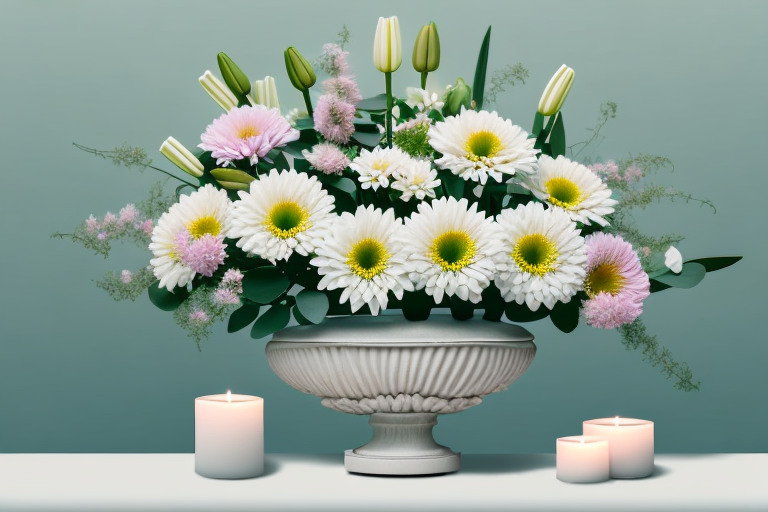
Designing Funeral Flower Arrangements
Designing funeral flower arrangements is a delicate and thoughtful process that requires both creativity and sensitivity. Once the appropriate flowers have been chosen, it is essential to consider the principles of floral design to create aesthetically pleasing and harmonious arrangements that honor the memory of the departed.
Basic Principles of Floral Design
Balance, proportion, and color coordination are key elements in creating visually appealing funeral flower arrangements. A sense of balance can be achieved by using an equal distribution of flowers and foliage, ensuring that no single element overpowers the others. This equilibrium brings a sense of tranquility and serenity to the arrangement, reflecting the peacefulness of the occasion.
Proportion plays a crucial role in determining the size and scale of the arrangement. It is important to consider the funeral venue and the space available when designing the arrangement. A large and extravagant arrangement might be appropriate for a spacious chapel, while a smaller and more intimate arrangement would be suitable for a more intimate gathering.
Color coordination allows for the creation of a cohesive and striking visual impact. The choice of colors should reflect the personality and preferences of the deceased, as well as the overall theme of the funeral. Soft and muted colors can evoke a sense of tranquility, while vibrant and bold hues can symbolize celebration of a life well-lived.
Creating Balance and Harmony in Arrangements
Arrangements can be structured or free-flowing, depending on the desired aesthetic and the personality of the departed. Structured arrangements often feature symmetrical designs, with flowers and foliage carefully placed to create a sense of order and formality. These arrangements are ideal for honoring individuals who had a strong sense of organization and structure in their lives.
On the other hand, free-flowing arrangements embrace a more natural and organic style. Flowers are arranged in a way that mimics their growth in nature, creating a sense of movement and spontaneity. These arrangements are perfect for celebrating the free-spirited and adventurous souls who loved to embrace life’s beauty.
Consideration should be given to the placement of flowers at different heights and angles to create a sense of depth and movement. By incorporating flowers of varying heights and textures, the arrangement becomes visually captivating and engaging. This interplay of elements further enhances the overall harmony of the arrangement, capturing the essence of the departed’s vibrant spirit.
When designing funeral flower arrangements, it is important to remember that each arrangement is a unique and personal tribute to the individual being honored. By carefully considering the principles of floral design and infusing the arrangement with personal touches, the final result will be a beautiful and heartfelt expression of love and remembrance.
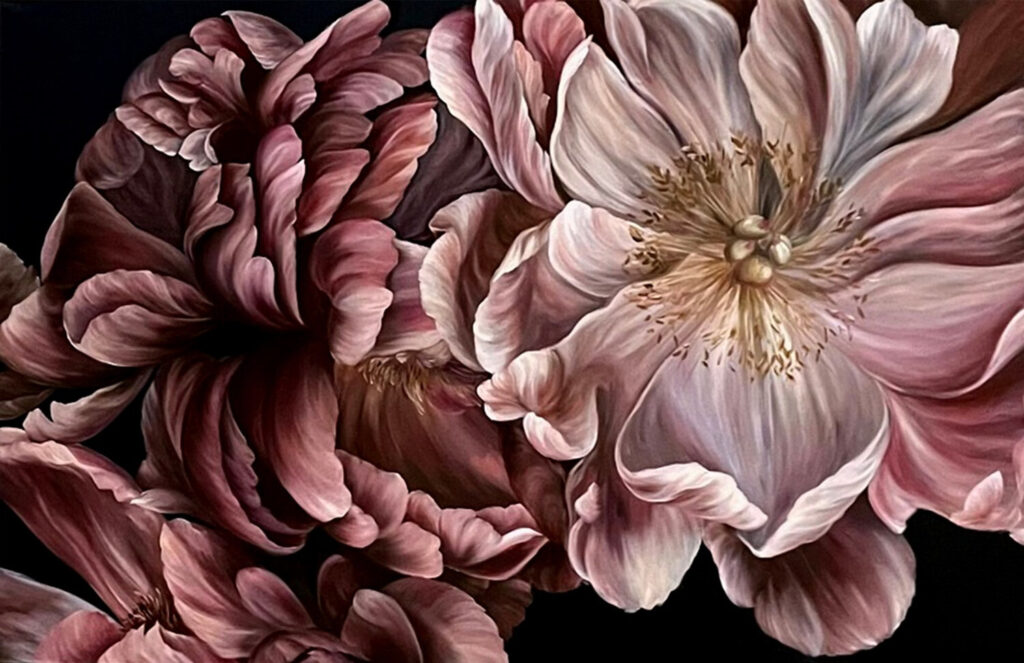
Types of Funeral Flower Arrangements
Funeral flower arrangements can be tailored to suit individual preferences and the overall tone and theme of the memorial service.
Traditional Funeral Flower Arrangements
Traditional arrangements typically include wreaths, sprays, and crosses. These classic designs provide a timeless and elegant tribute to the deceased.
Contemporary Funeral Flower Arrangements
For those seeking a more modern and unique approach, contemporary arrangements such as personalized bouquets, flower letters, or themed floral tributes can be created to reflect the personality and passions of the departed.
Preserving Funeral Flowers as Keepsakes
After the funeral service, many people find comfort in preserving funeral flowers as lasting mementos. These preserved blooms serve as tangible reminders of the love shared and the memories cherished.
Methods for Preserving Funeral Flowers
There are several methods available for preserving funeral flowers, including air-drying, pressing, and freeze-drying. Each technique offers its own benefits, and the choice depends on the type of flower and desired outcome.
Turning Preserved Flowers into Memorable Keepsakes
Preserved flowers can be transformed into various keepsakes, such as framed arrangements, shadow boxes, or even jewelry. These meaningful creations can be displayed or worn, serving as a heartfelt connection to the departed.
In conclusion, funeral flower arrangements have the power to bring comfort and solace during times of grief. By understanding the symbolism of funeral flowers, considering the preferences and cultural significance, and employing the principles of floral design, one can create a personalized and serene tribute to honor the life of a loved one. Whether opting for traditional or contemporary arrangements, the beauty of funeral flowers can serve as a poignant reminder of the lasting impact and cherished memories that remain.

